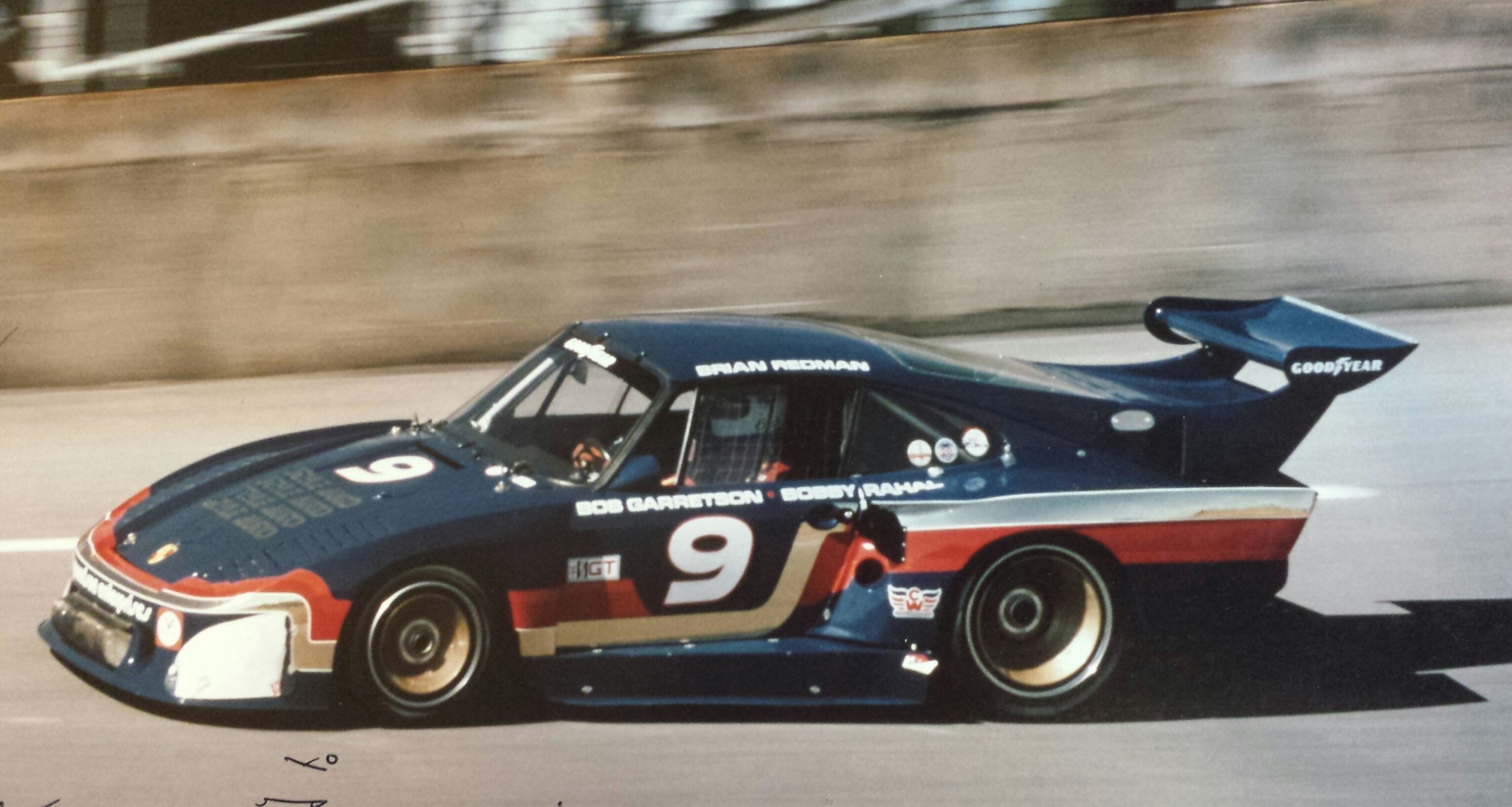24 Hours of Daytona in the 1980s – Porsche Dominance
1980 24 Hours of Daytona
The French ACO, organisers of the 24 Hours of Le Mans, were moving to a fuel-consumption formula, but the American-based IMSA wanted an engine horsepower-to-weight formula to attract American fans. The two split and went their separate ways. Several new and unproven GT Prototype cars entered this edition of the 24 Hours but domination of the race rested with the 16 turbo-Porsche 935s. Owner/driver Reinhold Joest from Germany won, driving his own version of the 935, with his countrymen Rolf Stommelen and Volkert Merl. After 17 hours of close racing they won by more than 100 miles, covering 2,745 miles at a record average of over 114 mph, making them the first European entry to win at Daytona since 1972.
1981 24 Hours of Daytona
Most Porsche racers opt for small, slightly detuned 2.8- or 3.0-litre engines, but 48-year old Daytona rookie Bob Garretson (USA) gave his Style Auto Porsche 935 a high-boost 3.16-litre ‘sprint’ engine. His lead co-driver, experienced Brit Brian Redman, insisted they stay cool, saving the car for a fast run at the finish, but their competitors began to drop like flies and they took the lead at midnight (“Too early!” Redman shouted to co-driver Bobby Rahal) and maintained a steady pace. The ‘little additive’ they used in the fuel to make the turbochargers run cooler is protested by others but proves to be within the rules. Redman tastes Daytona victory for the third time, beating five-time Le Mans winner Derek Bell into 2nd place, as the Garretson car covers 2,718 miles at an average speed of just over 113 mph. This victory marked the start of top-line racing for the young Bobby Rahal (USA) who would go on to win the Indy 500. “This was my biggest victory, up to that point, in my career – before this, I just didn’t know if I was going to make it or not.”
No Subscription? You’re missing out
Get immediate ad-free access to all our premium content.
Get Started



